ToddnTN
TPF Noob!
- Joined
- Jun 24, 2013
- Messages
- 85
- Reaction score
- 17
- Location
- Nashville, TN
- Can others edit my Photos
- Photos OK to edit
According to DxOMark low light ratings the Nikon D7100 is good to ISO 1256 and the D600 is good to ISO 2980.
What are the real world implications of 2980 vs 1256?
In a previous thread I asked about a camera setup for HS marching band night performances and ended up buying a Nikon D5200 with the 18-55 kit lens and a Nikon 180mm F2.8 lens. I did not realize at the time that the D5200 would not autofocus the 180mm lens. My wife has decided she needs her own camera and is perfectly happy to keep the D5200 for herself and let me buy another camera for me.
My choice at this point is either a new D7100 or a refurbished D600. If I go with the D7100 I would be buying the D7100 with 18-105 kit lens. The D600 would be body only and I would have to get a cheap every day lens to go with it (like this) with the idea of getting better lenses for it as money permits. So is the ISO 2980 worth getting the D600 for?
Thanks
What are the real world implications of 2980 vs 1256?
In a previous thread I asked about a camera setup for HS marching band night performances and ended up buying a Nikon D5200 with the 18-55 kit lens and a Nikon 180mm F2.8 lens. I did not realize at the time that the D5200 would not autofocus the 180mm lens. My wife has decided she needs her own camera and is perfectly happy to keep the D5200 for herself and let me buy another camera for me.
My choice at this point is either a new D7100 or a refurbished D600. If I go with the D7100 I would be buying the D7100 with 18-105 kit lens. The D600 would be body only and I would have to get a cheap every day lens to go with it (like this) with the idea of getting better lenses for it as money permits. So is the ISO 2980 worth getting the D600 for?
Thanks


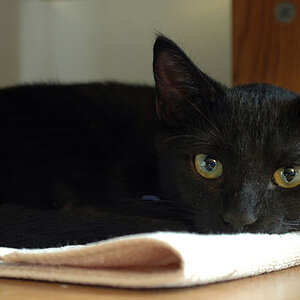
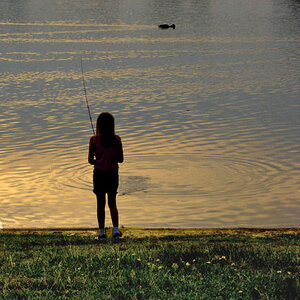
![[No title]](/data/xfmg/thumbnail/37/37626-4a6ffc3f17ab3a8e97170fda3276640e.jpg?1619738154)
![[No title]](/data/xfmg/thumbnail/38/38722-8003d9d84f1c7164b5c8f2b884c2e428.jpg?1619738702)
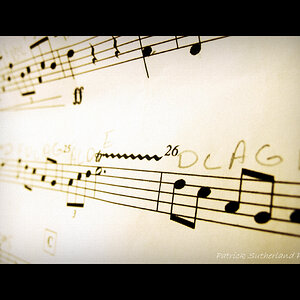

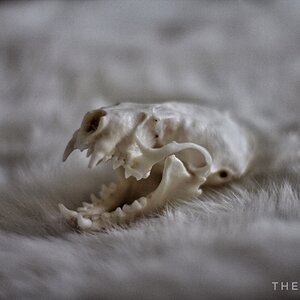
![[No title]](/data/xfmg/thumbnail/37/37625-7e132688457d56e50320a8c99a79fe38.jpg?1619738154)
![[No title]](/data/xfmg/thumbnail/31/31011-439c1242fe08cf6b54f32bf06523a567.jpg?1619734567)
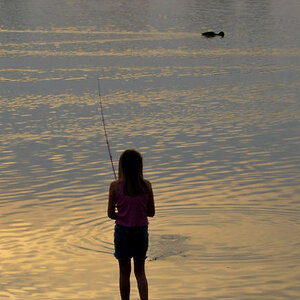
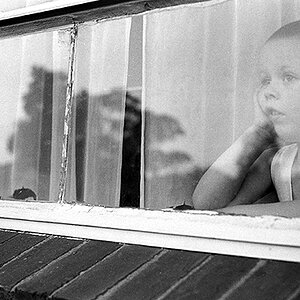
![[No title]](/data/xfmg/thumbnail/38/38721-a6c38c7ae974a8a5518bfbf14be98f18.jpg?1619738701)